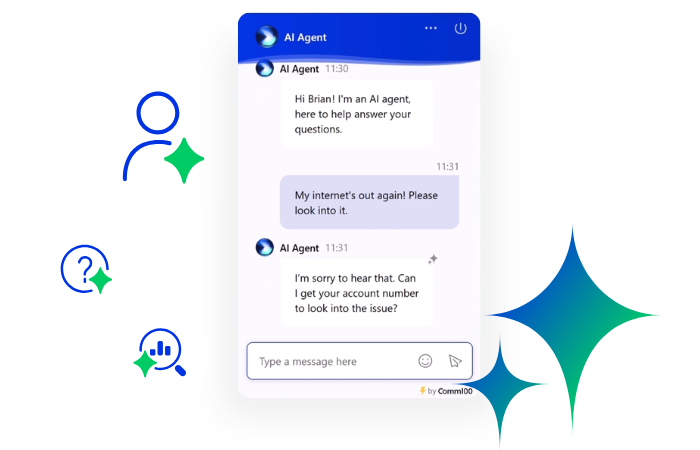Conversion rate can be a difficult thing to improve. It’s a more-or-less direct representation of your site’s ability to create and retain customers where even seemingly insignificant factors can make a big difference. If you’re still trying to master all of the variables that go into calculating the conversion rate for your eCommerce site, here are five ways to improve.
Provide High-Quality Product Images
Some companies just seem to get it. Have you visited the Apple storefront lately? Their products seem larger than life, thanks to highly detailed product shots that show their latest tablets and computers from every angle. You need to do the same thing.
Even if your products aren’t as effortlessly photogenic as Apple’s sleek tech toys, you owe it to your customers to show them exactly what they’ll be getting after they hit the “Buy” button. Customers don’t like surprises once their product arrives; make sure you stand behind your product and your commitment to quality by taking the time to offer great product shots. Your customers will thank you for it.
Offer Free Shipping
Like it or not, Amazon has absolutely ruined the average online shopper for other eCommerce sites. Customers have come to expect free shipping when they shop online, and online retailers have largely fallen in line: recent figures indicate that nearly half of all orders placed online qualify for free shipping.
Think about it: you’re competing with brick-and-mortar stores. It’s not at all uncommon for customers to get in their car and drive to the store – even if they’ll be paying a premium – if it means they won’t pay a shipping charge. More and more states have begun insisting that online retailers collect sales tax, which has essentially leveled the playing field between online retailers and brick-and-mortar stores; now shipping charges are, in many cases, the only deal breaker.
Amazon does set a good example, though: customers qualify for free shipping if they place an order of $25 or more. Depending on the types of products you offer, it might even make sense to offer unconditional free shipping.
Solve Shopping Cart Abandonment for Good
Even after a customer has added items to their shopping cart, there are a number of potential deal-breakers that can come into play. If you want to keep your customers from going elsewhere, here are some things to keep in mind.
Compulsory site registration needs to go away. Casual shoppers tend to balk at the idea of registering for a site they may never visit again, not wanting to provide a bunch of personal information above and beyond their billing and shipping address. Make no mistake: site registration is a good thing, and can be a big help in creating customer loyalty, but forcing registration isn’t going to do you any favors.
It’s a good idea to point out the various advantages of registration, such as quicker customer service or order tracking, but you’d do well to offer a second option for customers who want to check out as a guest.
Make Site Navigation Effortless
Most of us have experienced an assortment of frustrations while attempting to find what we’re looking for on an eCommerce site. There’s no faster way to chase customers away than to impede their use of your site. Here are a couple of factors to remember.
Your site’s navigation function should be prominently featured on your site, ideally towards the top of the page, and should offer a number of filters to help customers narrow down their search. Consider an online clothing store. You can imagine how frustrating a male customer’s experience will be if he’s forced to look through every item of women’s clothing to find what he’s looking for, and vice versa. Let your customers customize their shopping experience, just as they would do if they were in a brick-and-mortar store.
The second and perhaps even more important factor for facilitating site navigation is to provide a functional search tool. Many eCommerce sites either don’t have one, or haven’t invested enough time in making sure it works. Customers should never have to guess at what keywords you might have tagged your products with in order to find them; their search results should show them what they’re looking for on the very first attempt.
Provide a Variety of Payment Options
Customers hate getting to the very last stage of checkout only to find that their preferred payment method isn’t accepted. It’s like walking into a grocery store and having the cashier tell you that they don’t accept Visa.
Not everybody has a credit card. Common alternatives include PayPal, Google Wallet, and Amazon Checkout. Maybe you don’t want to take the plunge and start offering checkout via Bitcoin, but there are plenty of other trusted alternatives to make sure your customers check out with an option that suits their needs.
Download now: How to Create a Dynamic Live Chat Strategy
You’ve defined your live chat objectives. Next you need to find a way to implement your live chat objective effectively. This eBook provides you with several perspectives in developing the strategy and making full use of your live chat solution.
Download Now
eBook







